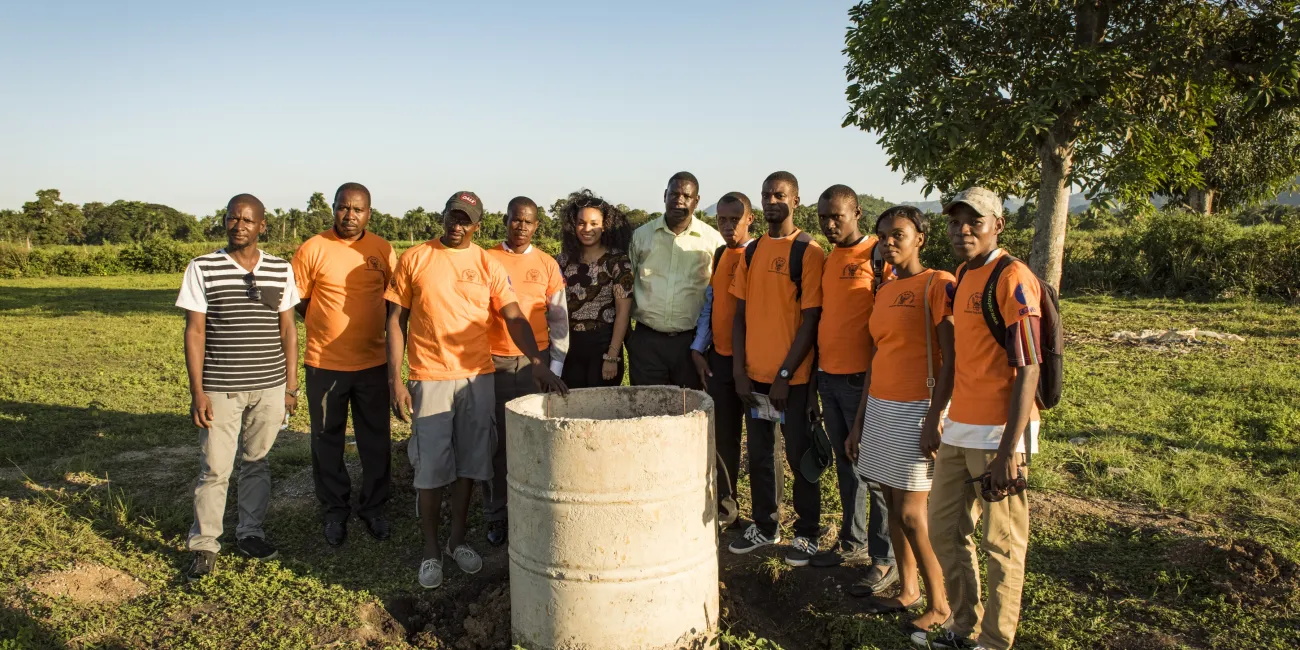Integrated Forest Landscape Restoration (IFLR®)
Viridis Terra offers a unique & scalable model for restoring degraded
What we do
Viridis Terra proposes a model based on local training, technical assistance, capacity building, and technology transfer to improve sustainable land restoration and management in developing countries. We offer turnkey solutions adapted to local conditions for and with local partners and communities as we strive to achieve effective and impactful outcomes.

Unsustainable resource management by local communities is a leading cause of land degradation in developing countries, perpetuating poverty and vulnerability to environmental risks. Those living in degraded landscapes lack the resources needed to adopt sustainable practices and escape poverty, often exacerbating the problem further. This extreme state of land degradation hampers ecosystem resilience, leading to increased soil erosion, land desertification, and heightened vulnerability to climate change and natural disasters.
From combatting unsustainable resource management practices to reducing land degradation, our goal is to create lasting positive impacts. We do so by building trust with the people we work with and forming strong and meaningful partnerships with local and international academic institutions, NGOs, and other organizations.
Today, over 40% of the world’s poorest population live in degraded landscapes.
The degradation of land on a global scale represents a complex issue that hinders development and the sovereignty of populations. To address this challenge, Viridis Terra offers an integrated approach, based on the expertise of its multidisciplinary team and technologies it have developed.
We firmly believe that the inclusion of all stakeholders from the outset of a project is a key factor in ensuring the success of our interventions. We value a collaborative approach that allows us to work closely with our partners and the affected communities to create tailor-made technology-advanced solutions in harmony with the specificities of each site, considering climatic and soil parameters and the level of degradation. We collaborate with local actors, community organizations, and authorities to identify the most suitable solutions for each region.
Our team organizes training and educational programs for members of local communities, empowering them with the skills needed to actively participate in land restoration and environmental preservation. By actively involving community members in all stages of the process, we aim to strengthen their capacity to sustainably manage restored lands while preserving their natural and cultural heritage.